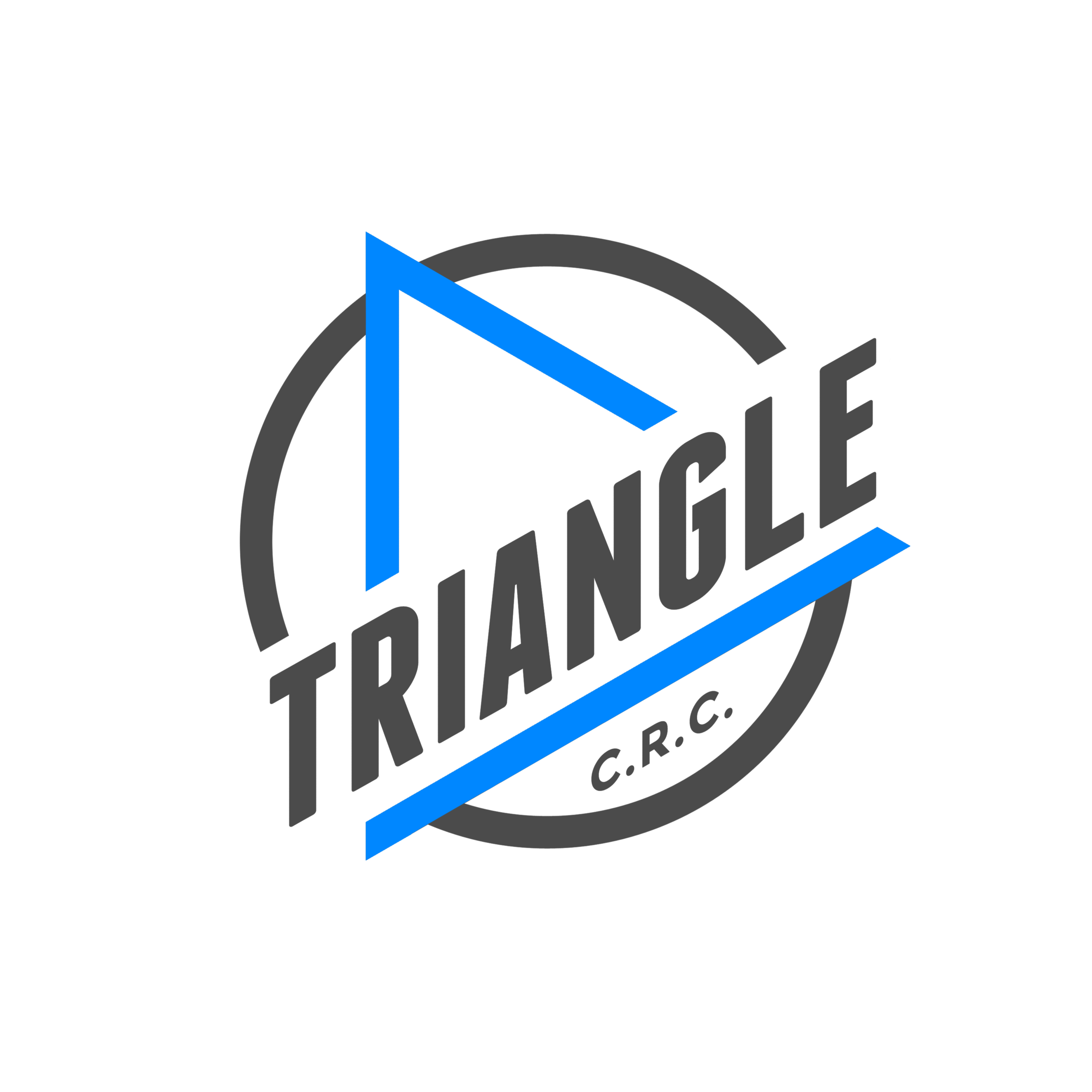Healing a Long-Standing Diastasis
If you've been following along with BIRTHFIT, you know that one of the biggest things we do for pregnant and postpartum women is help them navigate fact from fiction in terms of health and activity before, during, and after pregnancy. We're working to educate more women on connecting with their bodies, and a lot of that involves physically getting to know your body. But it's not just the pregnant women and the immediate postpartum women who can benefit from this. One of the things that the growing number of BIRTHFIT followers has produced is the number of people who now recognize that they have diastasis rectus abdominis - a separation of the rectus abdominis (6-pack) muscles at the linea alba. While this typically presents itself in the pregnant population, it also affects non-pregnant women and men. And a lot of people are learning about this months or even years postpartum, but that's not too late! The protocols that we have for helping heal a diastasis work really well for the immediate postpartum period, but that doesn't mean that if you discover that you have a diastasis when your youngest child is 6 or if you discover you have one and you've never had kids (and have no clue how long it's been there) that you can't be helped. You can be helped. Your body can heal. It may take a little longer given that your body has adapted to this faulty system of loading and that you've likely been doing things to worsen the diastasis without even knowing it existed, but it's worth healing. So if you follow @BIRTHFIT on social media and see posts about healing a diastasis postpartum, that doesn't only mean in the immediate postpartum period, nor do you even need to be postpartum in order to do the exercises.Plenty of men in my office with diastasis are working their way through the functional progression in the same way that the postpartum women are. This video explains why we do the functional progression:https://www.youtube.com/watch?v=HcWk34DAtKk And this one shows exactly how you can do it: https://www.youtube.com/watch?v=Lhi_X0KFcwU Whether you've recently given birth or not, if you have discovered you have a diastasis, you can get started healing it right away. If it's been there for a while, be patient with yourself and your body as you work through the healing process. But trust that in the same way a baby heals a diastasis, you can too!

